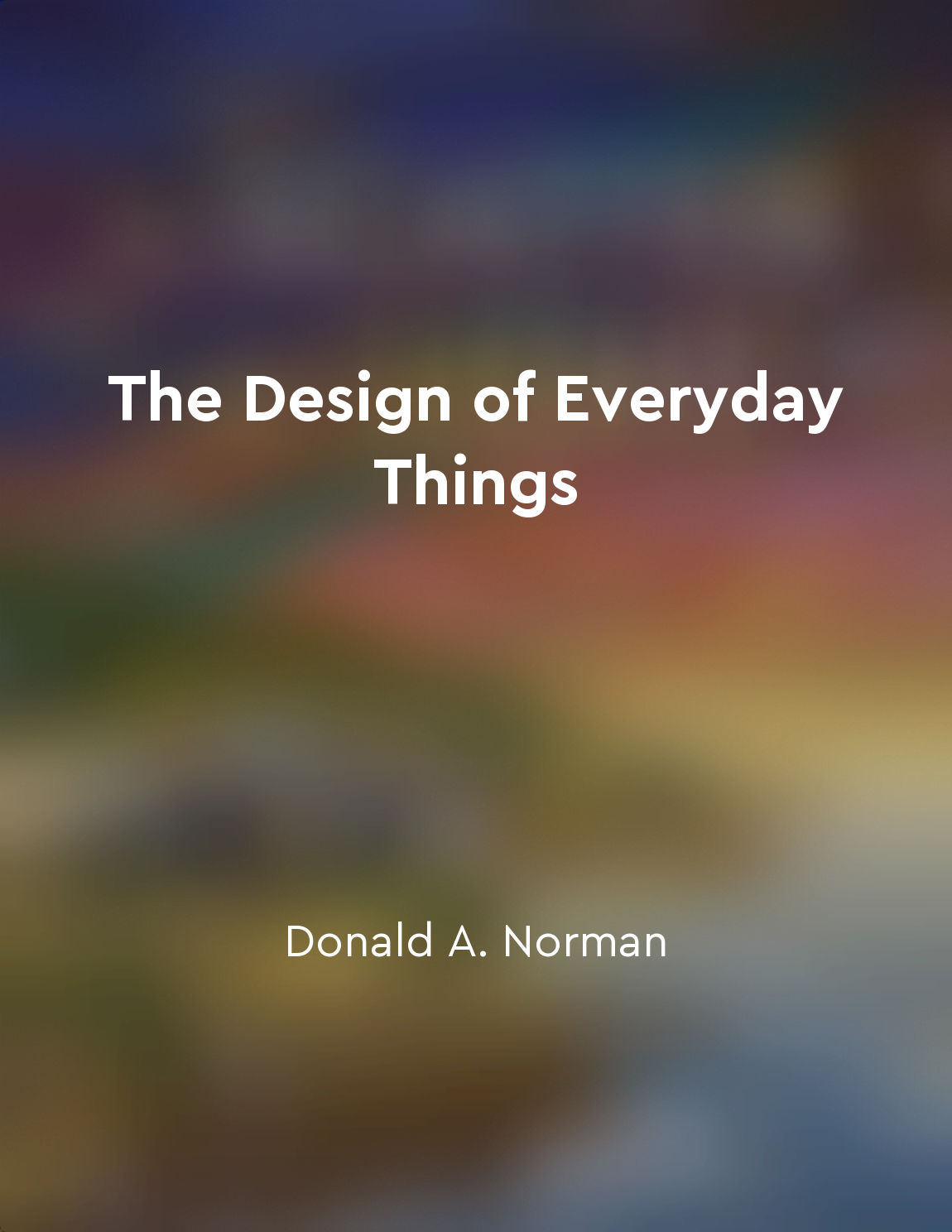Feedback is crucial for effective user interaction from "summary" of The Design of Everyday Things by Donald A. Norman
Feedback is crucial for effective user interaction. Without feedback, users are left in the dark, unsure of whether their actions have had the desired effect. This can lead to frustration and confusion, ultimately resulting in a negative user experience. Feedback serves as a guiding light, helping users understand the system they are interacting with. It provides them with information about the outcome of their actions, allowing them to adjust their behavior accordingly. In essence, feedback closes the loop between user input and system output, creating a continuous dialogue between the user and the technology. One of the key principles of good design is visibility, where the system's state and the user's actions are readily apparent. Feedback plays a crucial role in achieving visibility, as it provides users with the necessary information to make informed decisions. By making feedback clear and timely, designers can ensure that users stay engaged and in control of the interaction. Feedback can take many forms, from visual cues to auditory signals. The important thing is that it is relevant and meaningful to the user. For example, a progress bar that shows how far along a task is can help users understand how much longer they need to wait. Similarly, error messages that explain what went wrong and how to fix it can prevent users from feeling lost and frustrated.- Feedback is an essential component of effective user interaction. It helps users make sense of the system they are using, guiding them towards their goals and preventing errors along the way. By incorporating feedback into the design process, designers can create products that are intuitive, user-friendly, and ultimately more satisfying to use.


